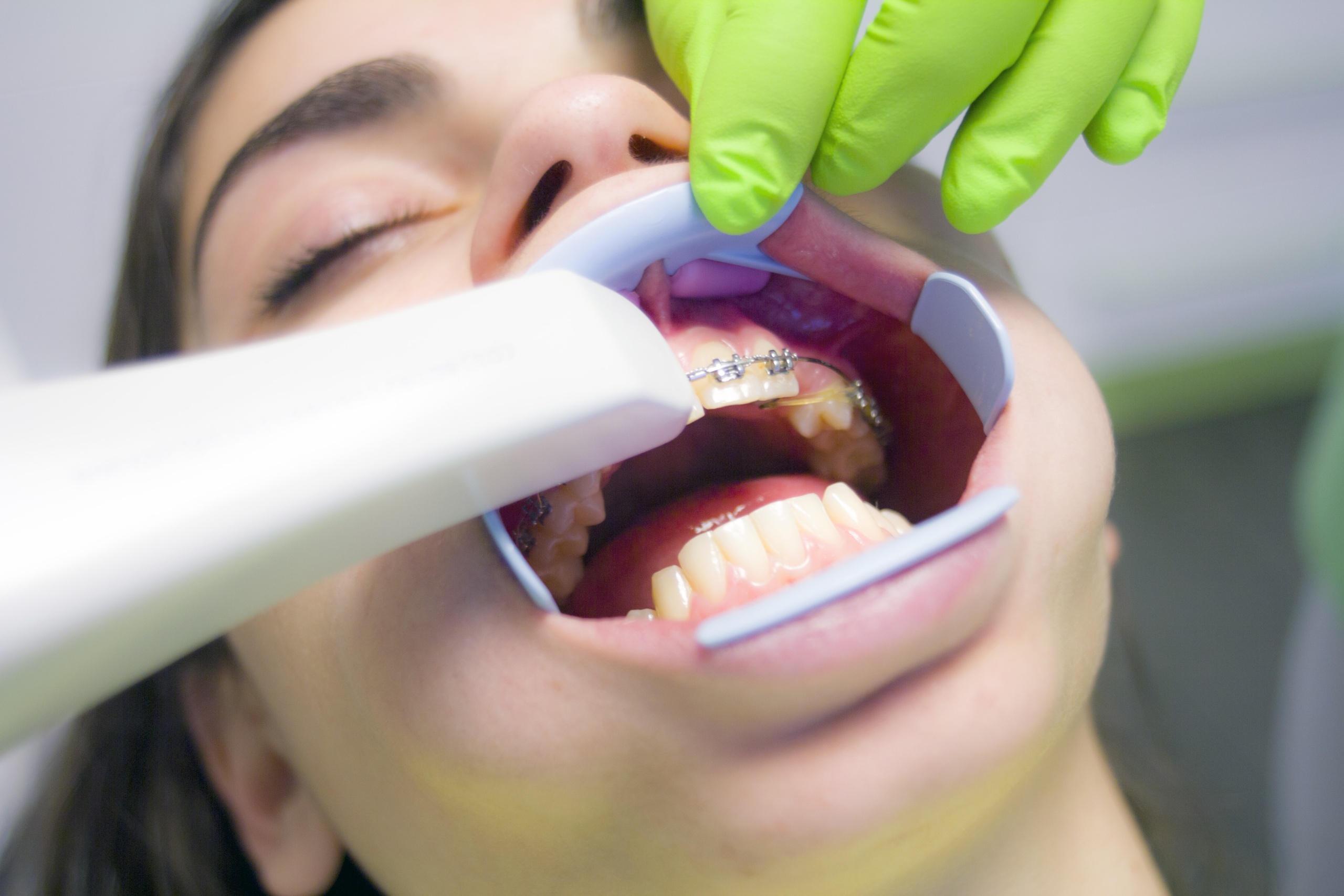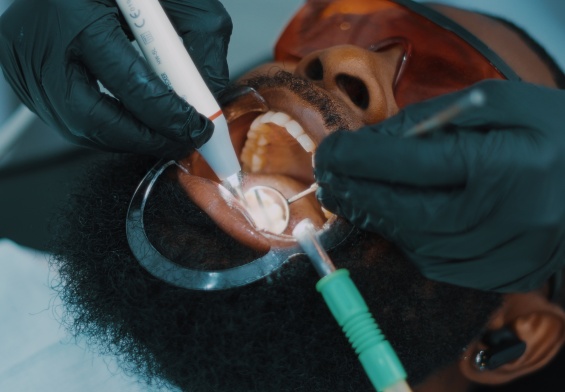In recent years, the dental industry has been at the forefront of technological innovation, with 3D printing emerging as a pivotal force driving this transformation. This technology, which was introduced nearly three decades ago, has revolutionized the field, offering unprecedented opportunities for customization, efficiency, and cost-effectiveness. As we delve deeper into this topic, we explore the multifaceted impact of 3D printing on the dental sector, illustrating its potential to redefine dental care.
A New Dawn: The Advent of 3D Printing in Dentistry
Traditionally, the dental industry relied heavily on CAD/CAM technology, a crucial tool that facilitated the design and manufacturing of dental restorations. However, the advent of 3D printing has ushered in a digital revolution, offering a more efficient and cost-effective system for in-house workflows. This technology allows dental professionals to produce custom-made dental appliances with greater accuracy and detail, significantly reducing the time required compared to traditional methods.
3D printing, also known as additive manufacturing, involves creating objects from 3D model data, layer by layer. This process has found a myriad of applications in dentistry, including the production of study and smile design models, surgical guides, bite splints, clear aligners, and removable prosthetics like dentures. The technology encompasses various methods such as selective laser sintering (SLS), material jetting (MJ), stereolithography (SLA), and fused deposition modeling (FDM), each offering unique advantages.
A Closer Look at 3D Printing Technologies
To fully grasp the potential of 3D printing in dentistry, it’s essential to understand the different technologies involved. Here, we delve deeper into the various 3D printing methods and their applications in the dental sector:
- Selective Laser Sintering (SLS): This technique uses a laser to sinter powdered material, building up the object layer by layer. In dentistry, it’s commonly used for creating complex structures, such as dental models and frameworks for restorations.
- Material Jetting (MJ): This method involves depositing material layer by layer, using a print head that moves horizontally across the build platform. It’s particularly useful for producing high-resolution dental models and prosthetics with intricate details.
- Stereolithography (SLA): SLA utilizes a laser to cure liquid resin, forming the object layer by layer. It’s popular for creating dental models, surgical guides, and orthodontic devices, offering high precision and excellent surface finish.
- Fused Deposition Modeling (FDM): In this process, a filament of thermoplastic material is melted and extruded through a nozzle, building up the object layer by layer. While not as commonly used in dentistry, it holds potential for creating cost-effective dental models and educational tools.
As the key patents expired in 2013, the market has witnessed exponential developments, with a plethora of printers now available at competitive prices, catering to the diverse needs of dentists and clinics.
The Present Landscape: Innovations and Developments
The current landscape of 3D printing in dentistry is vibrant, characterized by rapid advancements and innovations. The market for 3D-printed dental products is projected to reach a staggering $930 million by the end of 2025, propelled by the commercialization of printing systems, the demand for customized dental products, and the availability of contract 3D printing services.
The Role of Intraoral Scanners
One of the significant catalysts for this growth has been the rise of intraoral scanners, which have facilitated the expansion of the 3D printing market in dental laboratories and clinics. These scanners, along with computer-aided design (CAD) software and computer-aided manufacturing (CAM) systems, have fostered greater integration of 3D printing into digital workflows, streamlining the production process and enhancing overall efficiency.
Technological Advancements and Material Innovations
The industry is witnessing a surge in the development of new biocompatible materials specifically designed for dental applications. These materials, which have undergone rigorous certification processes, are safe for use in the mouth, paving the way for the creation of functional and durable dental restorations.
Furthermore, research in new 3D-printable materials promises products that are stronger and more durable than those manufactured with traditional materials like porcelain, while maintaining biocompatibility. This innovation is expanding the range and quality of applications for 3D-printable dental products, including the potential for easily manufacturing 3D-printed implantable teeth that match a patient’s original teeth and improve long-term biocompatibility.
Integrated Workflows and Customized Solutions
3D printing technology has fostered improved interoperability between various areas of digital dentistry. This integration has facilitated a seamless and entirely digital production process, enhancing the efficiency of dental workflows, particularly in-house operations. Moreover, 3D printing allows for the creation of highly customized implants using patient-specific data, promising better fit, improved implant placement, and enhanced patient comfort and clinical outcomes.
Chairside 3D Printing: A Game-Changer
Chairside 3D printing has emerged as a viable alternative to outsourcing work to dental labs. With options ranging from large-scale industrial printers to smaller desktop versions, this technology enables the same-day production of dental restorations, reducing the need for multiple appointments and minimizing patient wait times.
The Future Horizon: Expanding Applications and Greater Accessibility
As we look towards the future, 3D printing promises to become the dominant production technology in the dental sector. This transition is fueled by the technology’s flexibility and efficiency, allowing for the on-demand creation of a high mix of dental products more cost-effectively.
Personal Protective Equipment (PPE) and Surgical Guides
The industry is rapidly adapting to 3D printing for the production of PPE, including face shields and other surgical accessories, addressing the strained supplies of these essential items. Moreover, 3D printing facilitates the creation of FDA-compliant and more accurate oral surgical guides, which can be produced with rapid turnaround times and minimal material costs, offering competitive advantages over traditional methods.
Reducing Waste and Enhancing Quality
3D printing stands out for its ability to reduce material waste significantly, eliminating the need for thermoforming molds and minimizing material loss during grinding and buffing steps. This process translates into higher quality products that are also cost-competitive with those manufactured using traditional methods and materials.
Education and Training: Preparing for the Future
To prepare future dental professionals for the evolving landscape, dental schools and training institutes are incorporating 3D printing into their curricula. This integration is crucial in equipping the next generation of dentists, dental technicians, and assistants with the knowledge and skills necessary to navigate the future of digital dentistry.
Conclusion
The integration of 3D printing into the dental industry marks a significant milestone, heralding a new era of efficiency, innovation, and personalized care. As technology continues to advance, we can anticipate 3D printing playing a pivotal role in transforming the field of dentistry, striving to enhance patient health and care, increase efficiency and return on investment, and improve treatment outcomes.
With a plethora of companies and brands vying for a share in the burgeoning market of 3D printing systems, dental professionals have a wide array of options to choose from, based on their personal and patient treatment requirements. As we stand at the threshold of a new dawn, the possibilities with 3D printing in dentistry seem endless, promising a future where digital dentistry and 3D printing will continue to evolve, revolutionizing the sector in unprecedented ways.




